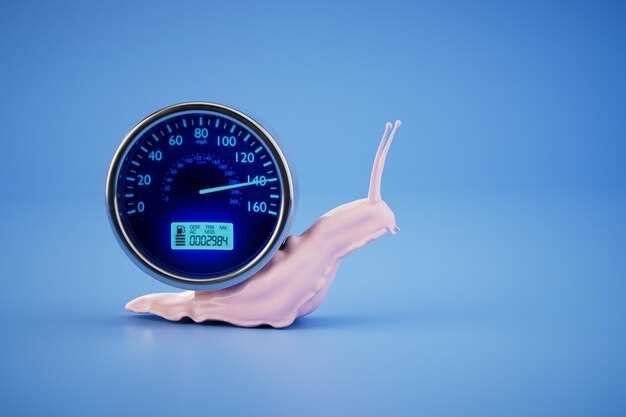
In the high-stakes world of motorsport, every second counts, and the pit stop is a crucial moment that can make or break a race. Teams are continually analyzing their stop strategies to maximize efficiency and minimize time lost during these critical pauses. Success in the pit can lead to a significant advantage on the track, and understanding the best practices is essential for any competitive racing team.
Effective pit stop strategies involve a careful balance of timing and coordination. Teams must not only focus on the physical tasks at hand, such as tire changes and refueling, but also on ensuring that each member is synchronized in their actions to reduce overall time spent in the pit. This requires rigorous training, precise communication, and the ability to adapt quickly to the dynamic conditions of a race.
Moreover, advanced technologies and data analytics play an increasingly vital role in optimizing pit stop strategies. By analyzing historical data and real-time feedback, teams can develop tailored approaches that take into account the evolving conditions of the track and the specific needs of their car. Adopting a data-driven mindset allows teams to innovate and refine their strategies, ultimately aiming for that precious time savings that can lead to victory.
Choosing the Right Tire Compound for Quick Changeovers

Selecting the appropriate tire compound is crucial for maximizing efficiency during pit stops. Different tire compounds offer varying levels of grip, durability, and temperature suitability, which directly impacts the speed of changeovers. Tires that heat up quickly can provide better traction when the car returns to the track, but they may also wear out faster, necessitating more frequent stops.
Soft compounds are typically favored for their superior grip, allowing faster lap times. However, the trade-off is their limited lifespan. In contrast, harder compounds may last longer but provide less traction initially. Teams must analyze the track conditions and their racing strategy to decide on the optimal compound for each phase of the race.
Another factor is the anticipated time spent in the pit. If a team expects a quick stop to be critical due to a close race, they may opt for a soft tire to maximize on-track performance immediately after the stop. Conversely, in longer stints, a harder compound may reduce the frequency of pit stops, balancing overall time savings.
Effective communication between drivers and pit crews also plays a key role. Drivers must relay how the tires feel as they wear, enabling the team to adjust their strategy in real time. Ultimately, choosing the right tire compound not only affects pit stop efficiency but can also be a decisive factor in the overall race performance.
Optimizing Crew Roles for Maximum Efficiency

In order to achieve unparalleled time savings during a pit stop, optimizing crew roles is essential. Each member of the pit crew must have clearly defined responsibilities that align with the team’s strategic goals. This ensures that all tasks are executed seamlessly and without delay.
1. Role Specialization: Assigning specific roles such as tire changers, fuelers, and jack operators allows each crew member to focus on their specialty. For instance, a tire changer can develop expertise in quick wheel swaps, minimizing the time spent at the stop.
2. Communication Protocols: Establishing clear communication channels is vital. Crew members should use hand signals or radio systems to relay important information quickly, reducing any potential confusion during the pit operation.
3. Precision Training: Regular practice sessions help in honing the skills necessary for efficiency. Simulating various pit stop scenarios prepares the crew for real-life conditions, allowing them to anticipate challenges and execute their roles more effectively.
4. Team Dynamics: A cohesive crew is more synchronized. Building team chemistry through team-building exercises and acknowledging each member’s contributions ensures everyone works in harmony during high-pressure situations.
5. Feedback and Analysis: Post-race reviews should focus on analyzing crew performance during pit stops. This analysis can highlight areas for improvement, enabling the team to refine roles further and enhance efficiency in future races.
By carefully optimizing crew roles, teams can significantly reduce pit stop duration, resulting in improved overall performance on the track. Each second saved at the pit can translate into a competitive advantage, making meticulous organization and role allocation paramount for success.
Analyzing Telemetry Data for Predicting Pit Stop Timing
Telemetry data plays a crucial role in modern motorsport, providing teams with a wealth of information that can be analyzed to optimize performance on the track. One of the key areas where telemetry data can facilitate improvement is in predicting the optimal timing for pit stops. By carefully interpreting this data, teams can make informed decisions that save valuable time during races.
Key aspects of telemetry data analysis for predicting pit stop timing include:
- Lap Times: Monitoring lap times across different conditions helps teams identify when a car’s performance begins to decline. A consistent increase in lap time can signal that a pit stop is necessary to maintain competitiveness.
- Tire Performance: Analyzing tire wear through telemetry allows teams to gauge the performance degradation. Data points showing decreasing grip levels or increased tire temperatures are critical indicators for scheduling pit stops.
- Fuel Levels: Teams can track fuel consumption rates in real-time. By predicting when a car will run low on fuel, they can plan pit stops to refuel strategically, minimizing the time spent in the pit lane.
- Weather Conditions: Telemetry data also includes information on weather changes. Abrupt shifts in track conditions can affect tire performance and strategy, leading to adjustments in pit timing.
The process of analyzing telemetry data involves several steps:
- Data Collection: Gathering data from various sensors on the car during practice sessions and races.
- Data Processing: Using advanced software to process and interpret the collected data, focusing on areas related to performance drops that could necessitate a pit stop.
- Simulation and Prediction: Running simulations based on historical data to predict the optimal time for pit stops under varying race conditions.
- Real-Time Adjustments: Continuously monitoring the telemetry during the race to make instant adjustments to the pit strategy as conditions change.
By utilizing telemetry data effectively, teams gain a significant advantage in predicting pit stop timing, ultimately leading to improved race outcomes. The accurate assessment of when to pit not only enhances car performance but also aids in maximizing race strategy, ensuring that every second counts on the track.











